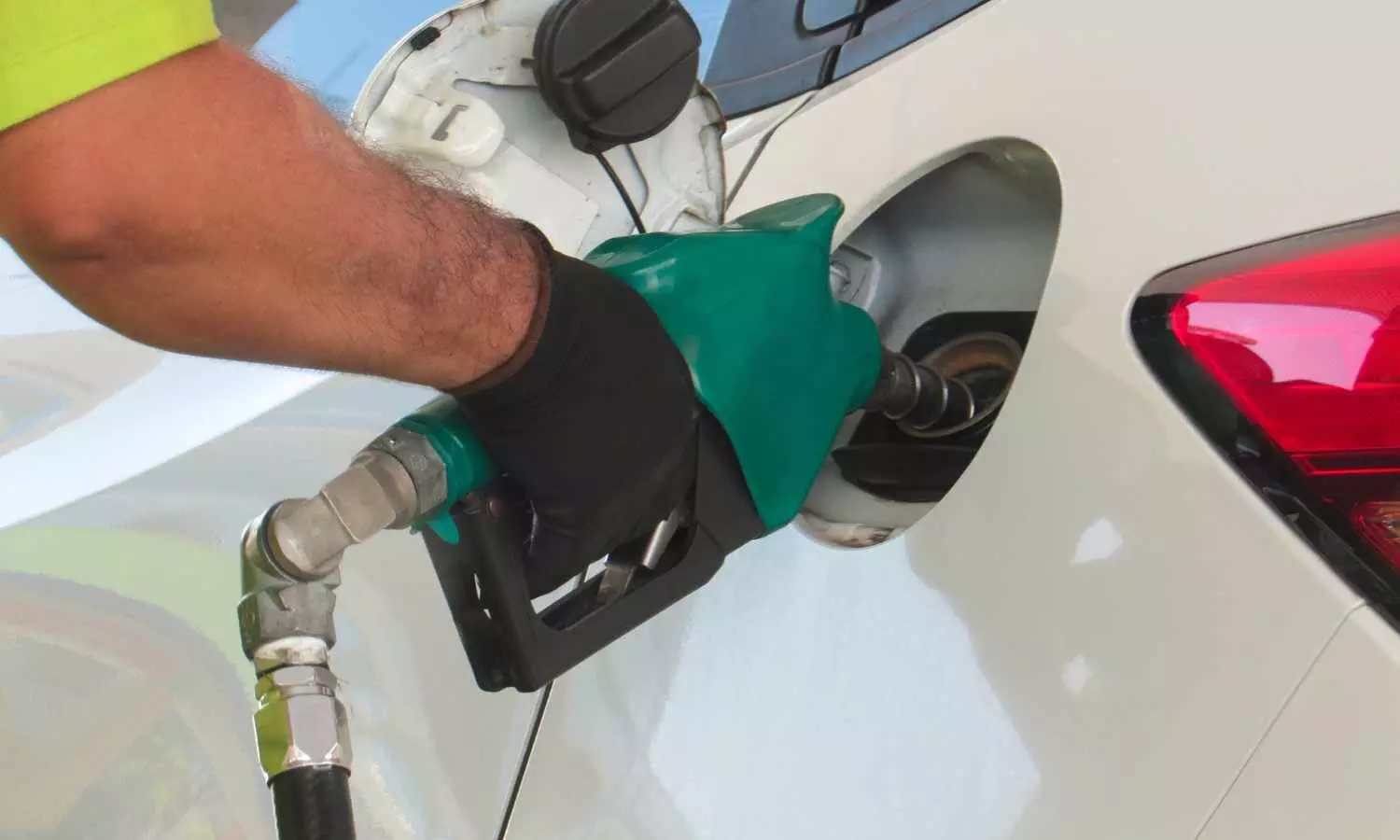Ethanol Blending Program and Methanol Blending Program for transport sector
India's Ethanol and Methanol Blending Programs aim to revolutionize the transport sector by reducing fossil fuel dependence. With E20 petrol already deployed and pilot projects for M15 underway, these clean fuel initiatives promise lower emissions, cost savings, and rural economic upliftment.
Ethanol Blending Program and Methanol Blending Program for transport sector

Ethanol blending in India's fuel has the potential to significantly boost the country's growth by enhancing energy security, reducing reliance on imports, and promoting rural development. The increased use of ethanol, primarily derived from crops like sugarcane, has already shown positive impacts on the economy and environment.
The future of ethanol in India is intrinsically linked to the country's broader goals of energy security, environmental sustainability, and economic development. Achieving the E20 target by 2025 will require concerted efforts from all stakeholders, including the government, industry, and farmers.
To ensure the long-term viability of ethanol as a key component of India's energy mix, it is essential to address the challenges related to feedstock availability, infrastructure development, and technological innovation. Additionally, the exploration of alternative feedstocks and the adoption of advanced production technologies will be crucial in making ethanol a sustainable solution for India's growing energy needs.
As India continues on its path of rapid economic growth, the adoption of ethanol and other biofuels can play a significant role in meeting the country's energy demands while mitigating environmental impact. The future of ethanol in India is not just about reducing dependence on fossil fuels; it's about creating a cleaner, greener, and more sustainable future for generations to come.
Ethanol blending in gasoline is a global trend aimed at reducing reliance on fossil fuels and lowering carbon emissions. Several countries have implemented policies to promote ethanol blending, with varying degrees of success.
The Indian government has begun discussions to develop a post-2025 roadmap to further raise the ethanol blend in gasoline from 20%.
This increased ethanol production could also boost the domestic sugar industry, which is a key source of feedstock for ethanol thereby boosting the agricultural sector.
The minister shared notable results from the ethanol program, revealing that from 2014 to August 2024, it has led to foreign exchange savings of 1,060 billion rupees with a reduction of CO2 emissions by 54.4 million metric tons, and a crude oil substitution of 18.1 MMt.
India’s robust economic growth will account for 25% of global energy demand over the next two decades. Bioenergy will play a vital role in meeting this demand while also supporting climate goals and rural development. The country has over 750 MMt of available biomass, with about two-thirds used for domestic purposes like cattle feed and compost.
International Energy Agency forecast predicting a growth potential of 3.5-5 times for biofuels by 2050 due to net-zero targets, represents a substantial opportunity for India.
The Indian government's ambitious SAF targets, aiming for 1% blending by 2027 and 2% by 2028 have already been highlighted.
Sustainable Aviation Fuel (SAF) is crucial for reducing the environmental impact of air travel and achieving net-zero carbon emissions by 2050. SAF offers significant reductions in lifecycle carbon emissions (up to 80%) compared to conventional jet fuel, and can also improve air quality by reducing harmful emissions. While SAF is more expensive and currently faces production and infrastructure limitations, its adoption is essential for a more sustainable aviation industry.
SAF is produced with a blend of conventional kerosene (fossil-based) and renewable hydrocarbons and can be produced from a variety of different renewable feedstocks. These include virgin oils, waste oils and fats, solid biomass, CO2, and water and renewable energy via green hydrogen.
The International Aviation Transport Association (IATA) estimates that we will need an annual of amount of 120 billion gallons of SAF by this year.

